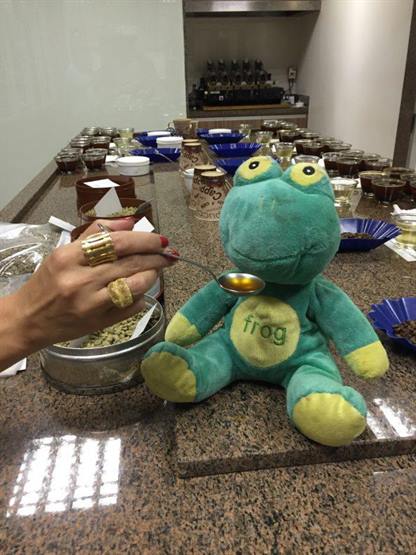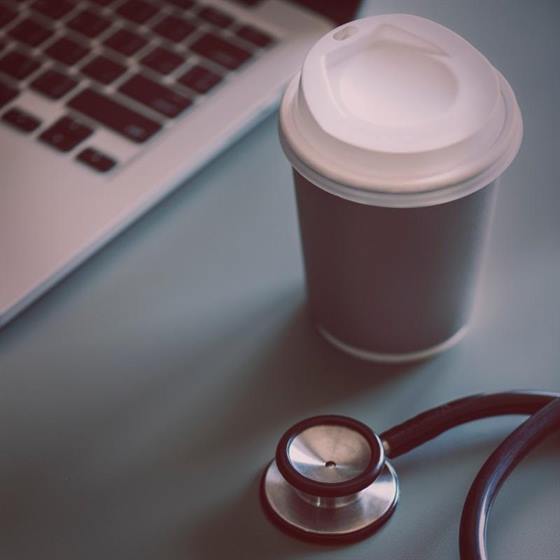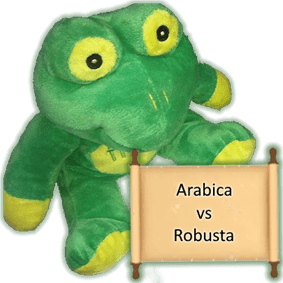Coffee Cupping
The most accepted tasting technique used to evaluate a coffee aroma and flavour profile, as called coffee cupping. Ultimately its best when assessing coffee from different associations, areas, roast profiles or countries to cup with these coffees side-by-side.
Besides the assessment of a particular coffee’s fragrance, aroma and flavour, cupping is regularly used to evaluate if a coffee is defective or to create a distinctive coffee blend.
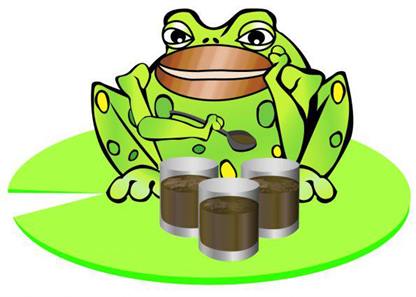
Please note that cupping is best done by persons who enjoy black coffee since at no point in the process is sugar or milk added to the delicate brown liquid.
Setting up the cupping
Coffee Roast Preparation
The coffee should be freshly roasted to a light level – Agtron 65, typically around 30 seconds into the first crack, and way before second crack, so that during roasting this means that typically the bean temperature should never go past 210°C / 410°F. However, it does depend on the type of roaster used but that is a good guide. This roasted level is selected as it holds intact more aroma, fragrances and flavours. Assisting in the evaluation of defects, without dramatically affecting the coffee.
If an Agtron meter is available, then the roast for cupping shall meet Agtron ‘gourmet’ colour score of 58 for whole beans, 63 for ground coffee, ± 1 unit, or between the scores of 55 and 60 on the ‘standard’ Agtron scale. If an Agtron tile is available, roasted whole bean coffee shall match Agtron roast tile #55.
For coffee quality assessment all samples must be roasted to the same level. To check this all samples are ground and placed on a white sheet so that any colour difference can be noted, and the sample rejected.
Once the roasted coffee is cooled down to room temperature it is ready for the preparation.
Note
In a commercial setting coffee cupping is preformed at a round table, or a table with a lazy susan (rotating round plate). The reason for this is so that the cuppers (a person doing the cupping) does not need to move. However a table that is counter height that can accommodate all the equipment is also fine.
We are going to cover how to cup in a way suitable to most people.
What you will need
To setup your cupping you will need:
- 3 X identical vessels per coffee. We recommend small glass tumblers that take a minimum of 150g (grams) and a maximum of 250g water. We will call these vessels the cupping glasses.
- At least another 2 X vessels (can be the same size is not important). We will call these the rinsing glasses.
- At least 2 X small soup spoons, or cupping spoons if you can get them. These we will refer to
as the cupping spoon. - a pieces of paper (can be scrap) per coffee, to label the coffee.
- A kettle (recommend a vacuum pot too, if you are going to use more hot water than the kettle can provide).
- A score sheet (you can use a SCAA/SCA one or make your own or use this one on coffeebrewmance).
- A scale that is at least accurate to a gram, mg is best.
- A grinder (that you can easily add coffee to and has little waste) set
to course filter grind. - A timer of some sort (can use your phone).
- If possible a temperature gauge.
A pen / pencil (if you can get 3 colours then you can record each cup separately as an option.
Optional Items:
- A vessel to spit in to if you feel you are caffeine sensitive.
- A saucers that or similar that are plain in colour per coffee. These are for inspecting
the coffee beans, and some of that coffee will be used to flush the grinder. - A temperature gauge.
- Some paper towels (used for wiping the spoons).
- A cupping layout sheet per coffee. On each sheet write the coffee name, draw 3 circles the glasses will go onto, labelled “A”,“B”,“C”.
Determining Coffee Dose
Using your scale:
- Place one of the identical cupping glasses on the scale and tare the scale.
- Fill the glass with water while on the scale and record many grams of water is in the glass, this will be known as the water dose.
- Divide the grams by 15 this is the grams you need of coffee, this is the coffee dose.
Note: This guide uses 10g coffee per 150g water, while the SCAA standard recommends 8.25g per 150g. We have found that it a little mild, resulting in the flavour distinction not being as clear. However if you prefer you can use the SCAA dose.
Weighing the Coffee
Now you know your dose that is required for your glasses:
- Make sure all the cupping glasses are clean and are all bone dry.
- Using one of the extra glasses measure the first coffee beans so that you have a single coffee dose.
- Pour your the coffee beans in a glass placed on “A” on the sheet for that coffee. (if using a layout sheet, otherwise remember the location).
- Repeat with the same coffee and place the next glass on “B” then “C”
- Then close that coffee (or pour a little into the saucer you can place in front of the cupping layout sheet.
You can inspect coffee and we will use this coffee later too) - Move to the next coffee and repeat the process for each coffee.
In the end you should have 3 glasses with identical dose per coffee you are about to cup. Dose three glasses with the same coffees to ensure that should one of the doses be inaccurate or have be a bad grind or bad bean it can be excluded from the cupping. We do recommend that you remove coffee beans that are lighter or darker than others as you dose, but this is up to you.
Boiling the Water
If your kettle has enough capacity to fill all 9 glasses plus the 2 rinsing glasses then you only need to boil the kettle once, if not you may need a hot pot or vacuum flask. Boil the water and fill the flask leave the top off for about 45 seconds before resealing it. Then add more water to the kettle and boil another load. The aim is to have the temperature of the water when we added it to the coffee at approximately 93°C.
Note: The actual standard mentions between 92.2°C and 94.4°C.
Assessment / Tasting
Grinding and fragrance
Now you have the water ready and the coffee weighed out you can grind the coffee and smell the fragrance
(defined as the smell of the dry ground coffee in cupping).
For each coffee repeat this process:
- Take half a hand full of the coffee in the saucer or what is left in the packet add this to the grinder.
- Using course filter / plunger grind setting, grind that coffee and put to one side (you can make a pour over/plunger later
with this interesting blend) - Now for each cupping glass of that coffee repeat one at a time, grinding the weighed coffee adding it back to the glass it came from.
You should now have 3 cups of each coffee placed back in the A, B and C place. Now smell the coffees one cup at a time per coffee. It sometimes helps to lightly knock the cupping glass on the table just before. Note the score of the intensity of the fragrance as per the methodology described in the score sheet explanation.
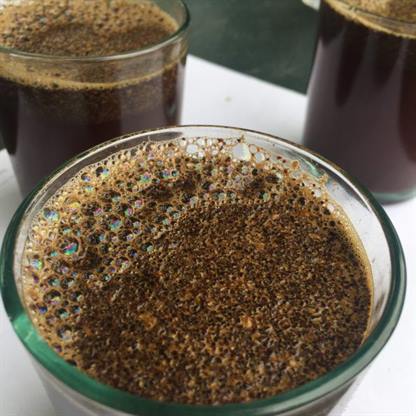
Aroma
Once you have noted the fragrance for each coffee, and you have the correct amount of water at the correct temperature you can start wetting the grinds. Now:
- Start the timer (it is recommended it counts up)
- Pour from left to right for each glass and then each coffee
- While the timer is counting down or up you can smell the coffees without breaking the crust.
Once the 4 minutes are up then start from the cup you started with and break the crust of coffee while smelling it at the same time. Note the score as per the methodology described in the score sheet explanation. Breaking of the crush is done with the back of the spoon, which you place at the one end of the glass then gently push down and turn the spoon so that the bottom is facing your nose, that should be hovering as close to the glass as possible. Between each glass make sure you rinse your spoon in the rinsing glasses, to make sure you do not taint any of the cups.
Skimming
Once you have written all your scores for the aroma you can then skim off the residual grinds that may be
floating at the top of each glass. To do so for each cupping glass:
- Rinse two spoons – in the spare vessels that are filled with hot or at least room temp water.
- Place the two spoons on one side of the glass slightly submerged then moving them to each side of the
glass skim off the floating grinds dispose of them (can use them as compost if you want). - Rinse and repeat if necessary until no grinds are floating.
Slurping
Once the glasses are all skimmed you are ready to taste.
- Rinse a spoon (if the water is dirty refill)
- Then dip spoon into cupping glass to take portion that is enough for you to taste but not to much for you to swallow as you slurp.
- Then slurp the coffee into your mouth with as much air as possible at the same time.
- An option is to suck air into the mouth once the coffee is in the mouth.
- Once you have made your notes you can either swallow or spit the coffee out, try avoid stray cats when
doing this.
Repeat making notes for what you find. If you have the temperature try taste at 80, 60 an 40°C.
And that is that, you have now cupped some coffees.
